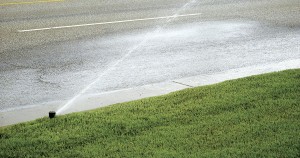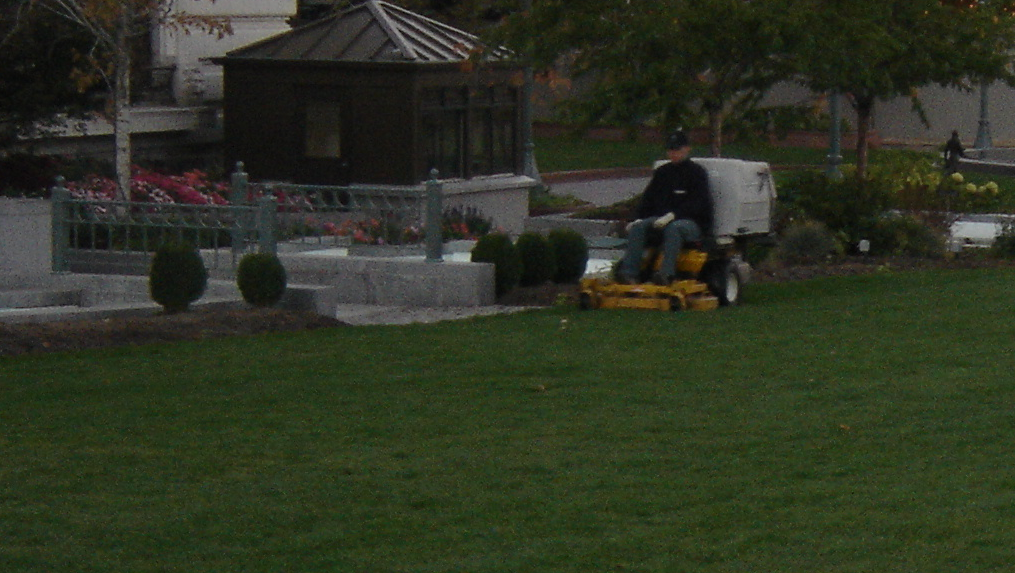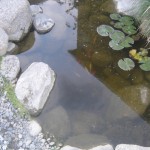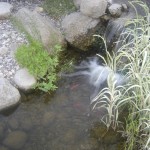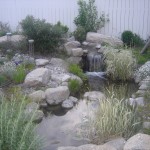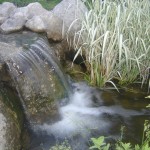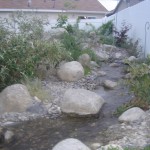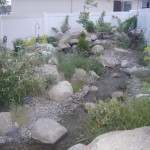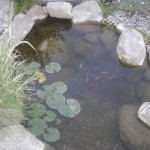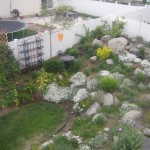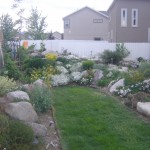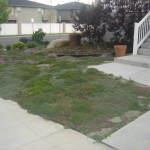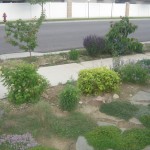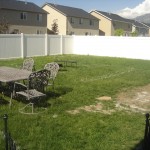I remember a scene from the movie UHF where Michael Richards rewards a young boy for finding a marble in a sandbox full of oatmeal with a drink from a firehose. The phrase that ‘it is like taking a drink from a firehose’ has since always conjured up the image of the little boy sitting on a toy horse with a cowboy hat on and getting shot across the room as he enjoys his drink from the firehose.
So my question to you is if you are dressing your landscape up in the same little, cute cowboy outfit and making it drink from the firehose? Because, chances are that if you do not have the correct water application for your plants, you are doing just that to them!
cute cowboy outfit and making it drink from the firehose? Because, chances are that if you do not have the correct water application for your plants, you are doing just that to them!
Of course the question is what can you do to remedy the problem in your Outdoor Living Spaces? Proper water application naturally starts with proper landscape design and flower bed design, but let me begin this series of posts with a description of the basic application types: spray heads, rotor heads, impact heads, drip emitters and drip tubing. Then I will discuss what you can do in your landscape to conserve water, save money and improve the health of your plants whether you are in the design phase or looking to upgrade.

